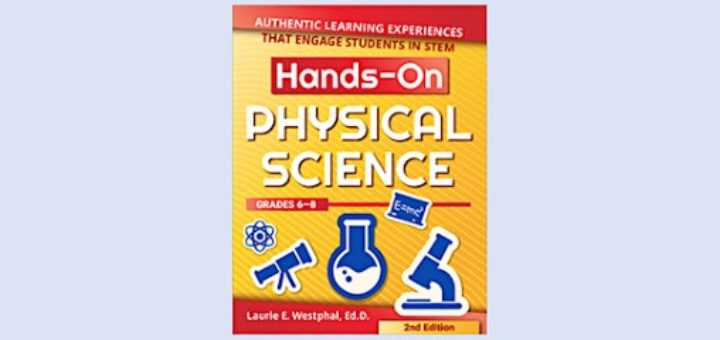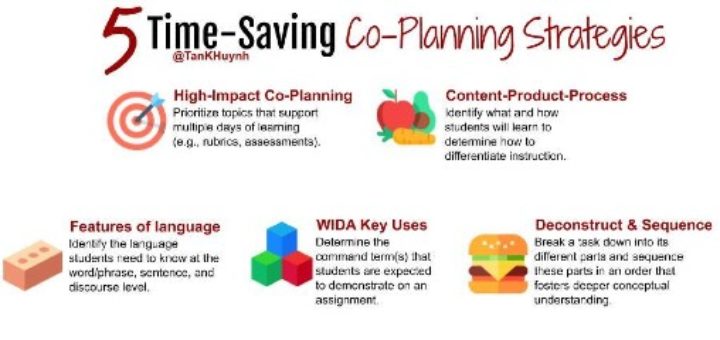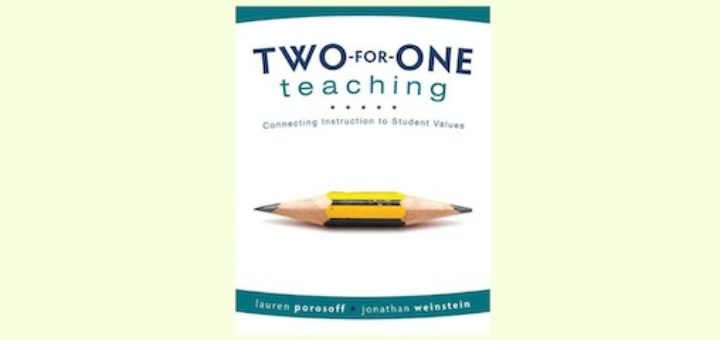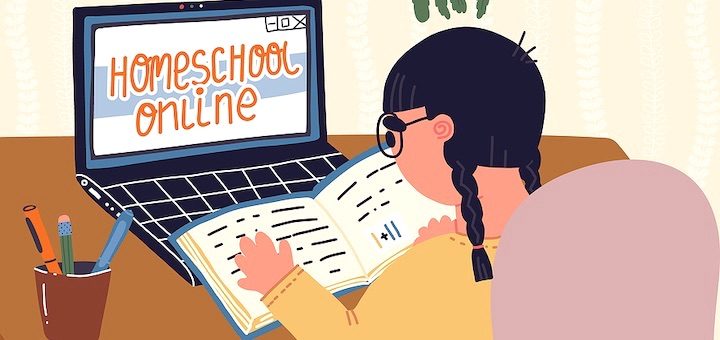Teaching and learning in grades 4-8
Looking through the lens of formative assessment, Dayna Laur shows how project based learning can be used as a way to teach all standards, using her five-stage process. Laur includes examples and many formative assessment tools, writes teacher leader Laura Von Staden.
Hands-On Physical Science challenges 6th-8th graders to develop ways to solve tasks and answer questions using a hands-on, inquiry-based approach, taking abstract physics and chemistry concepts and make them more concrete and real-world, writes teacher Tracy Albers.
How can social studies teachers sufficiently teach about systemic racism and oppression without making this lens the only way students see history and its connections to current events? Sarah Cooper and Lauren Brown continue their chat about teaching U.S. History in 2020.
When co-planning is an efficient use of time and in the service of our colleagues’ responsibilities, fellow teachers will see co-planning less like a job they have to do and more of a step they want to do. Tan Huynh shares detailed strategies for co-planning success.
Simulations involve tactile or kinesthetic participation and offer a way for students to be actively engaged in lessons and experience another dimension of learning. Barbara Blackburn and two colleagues share online and in-class SS, ELA, and STEM ideas.
Jennifer Sniadecki and Jason DeHart dive deep into using picture books in upper level classrooms to meet state standards and increase student mastery. In this 3rd post on the topic they share examples, research, and stories from their own teaching experiences.
Two-for-One Teaching is an excellent resource for educators who want to help connect what matters most to kids with what matters most to schools. The authors’ flexible strategies will help students learn and grow, writes 21st century curriculum coordinator Alex Valencic.
In More Grammar to Get Things Done, authors Crovitz and Devereaux strike the right balance of ideological and practical to make the idea of a pedagogical shift to teaching grammar in context not only doable but exciting, says ELA teacher Karen Rubado.
In March, when her physical classroom vanished, NBCT Kathie Palmieri knew she had to embrace her career-long passion for professional growth. Here’s how she tapped into best practice research and her own skill set to design online learning that kept kids and parents engaged.
When we scratch our heads and wonder how can we prepare our students for a world increasingly dominated by artificial intelligence, Anne Jolly wants us to remember a great place to learn teamwork, technical skills, work ethics and social responsibility. STEM class!







































